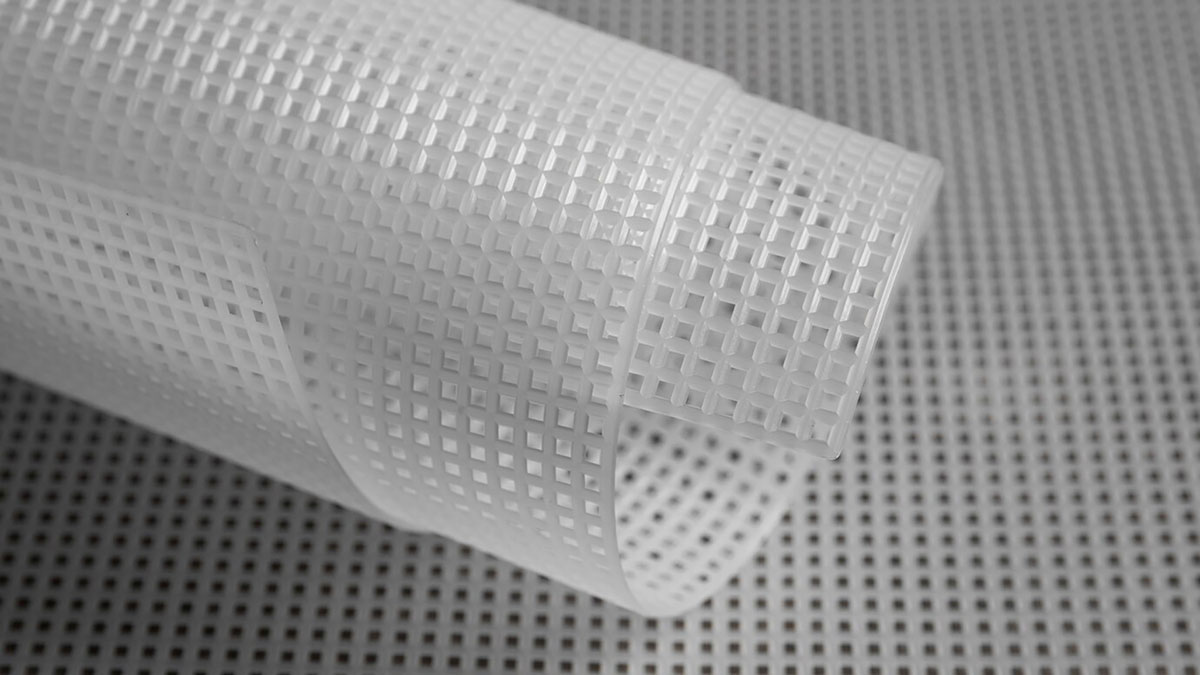Since its introduction in the 1950s, expanded polystyrene (EPS) has become an essential material in construction, packaging and other industries. Known for its light weight, insulating capacity and ease of handling, EPS has been part of major projects, such as the iconic Sydney Opera House, where it was used in its early stages for thermal insulation. However, in recent years, technological innovations have revolutionised EPS, broadened its application and minimised its environmental impact.

One of the advantages of EPS, and at the same time one of its disadvantages, is its slow degradation and accumulation in landfills and ecosystems. However, recent research has led to solutions to its low biodegradability. One of these is grey polystyrene (Grey EPS), an improved variant with graphite additives that offers higher energy efficiency at lower thickness.

Biodegradable polystyrene variants, made from agro-industrial waste, have also been developed. In addition, the flame retardant additives incorporated in the new developments, by improving their safety and reducing their flammability, broaden their applications in environments where safety is paramount.

With regard to recycling, innovations have meant that, instead of ending up in landfills, EPS can be recycled into new products or even transformed into a source of energy, therefore closing its life cycle.
By Manolo Barberá, Senior Hydraulic Modeller at Amusement Logic’s Architecture Dept.






